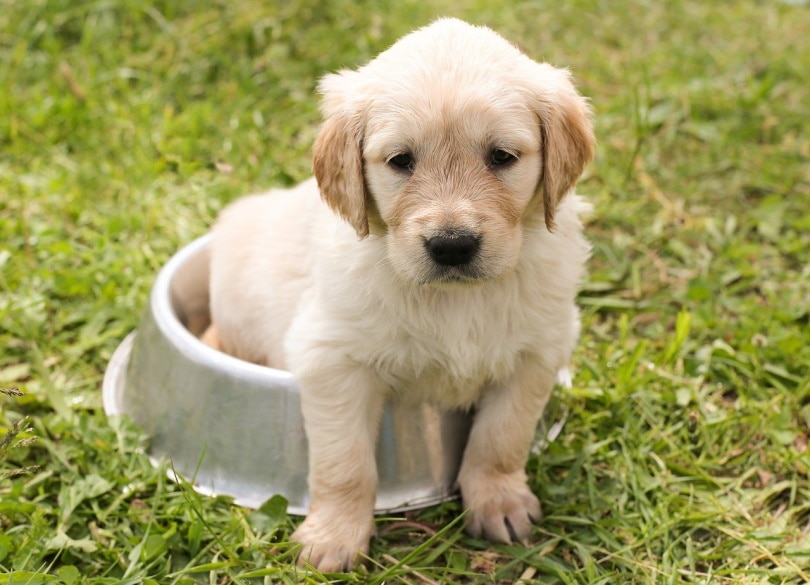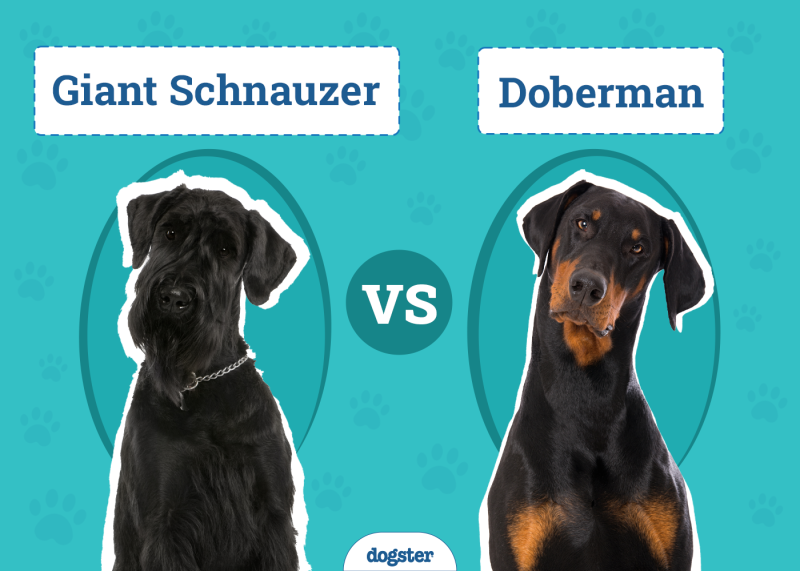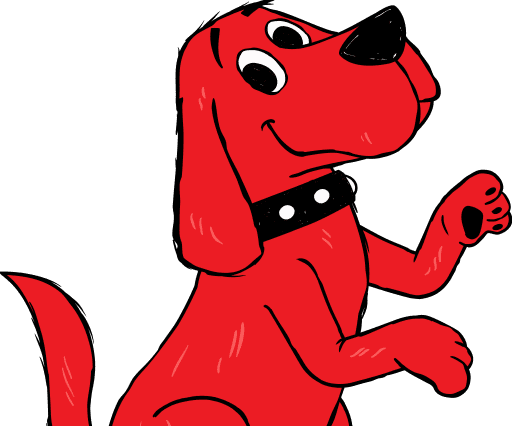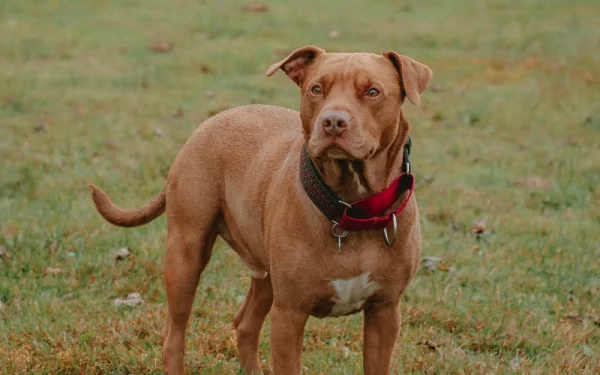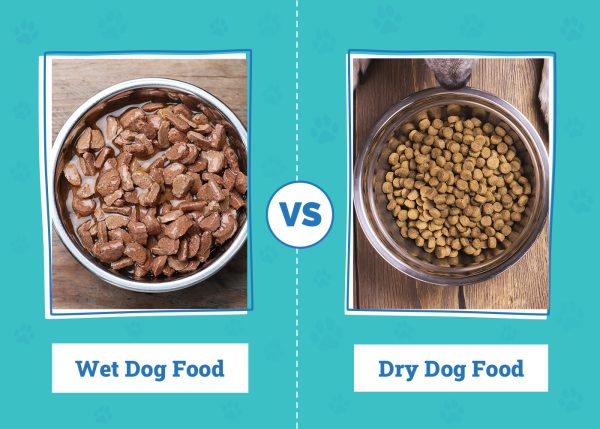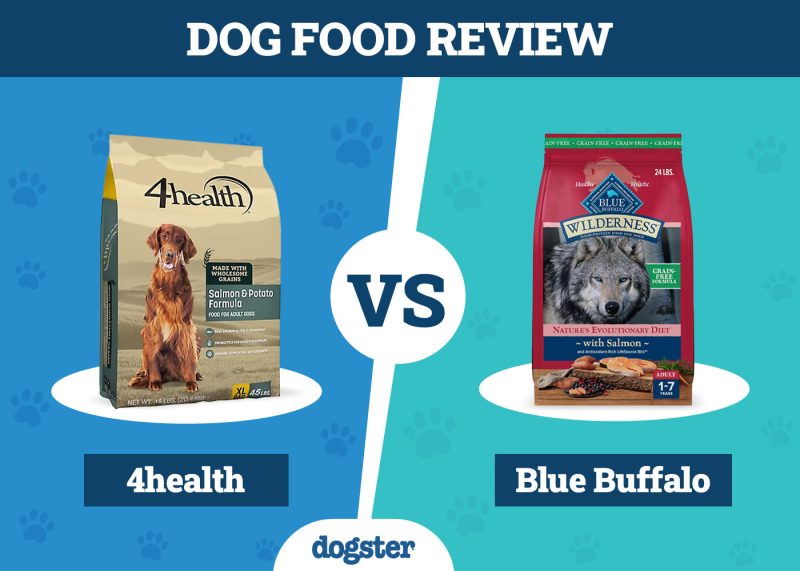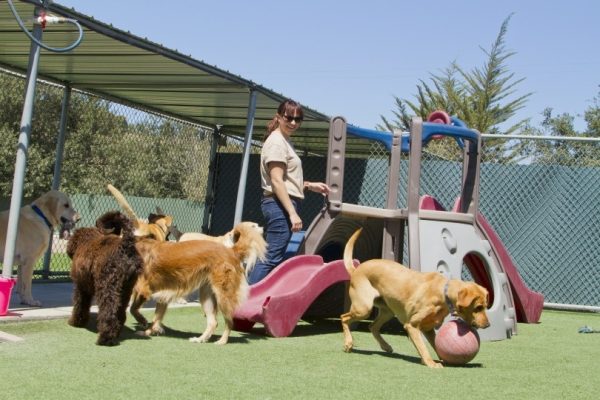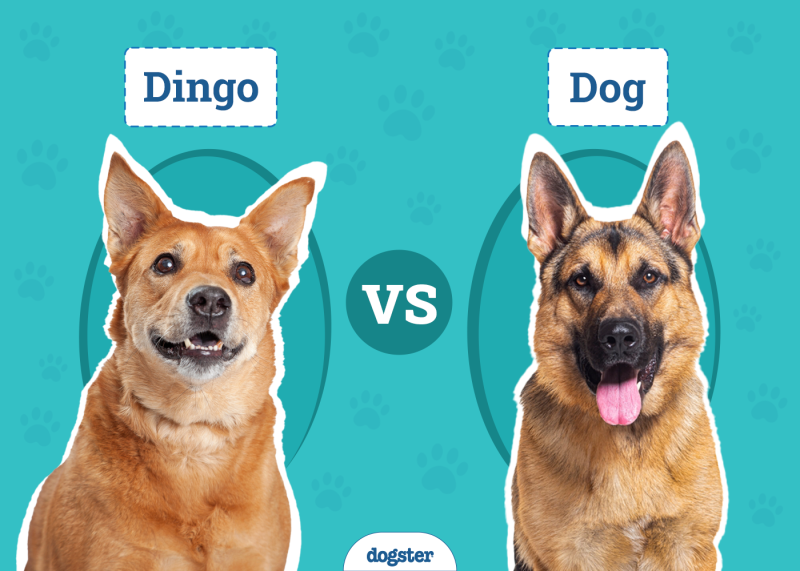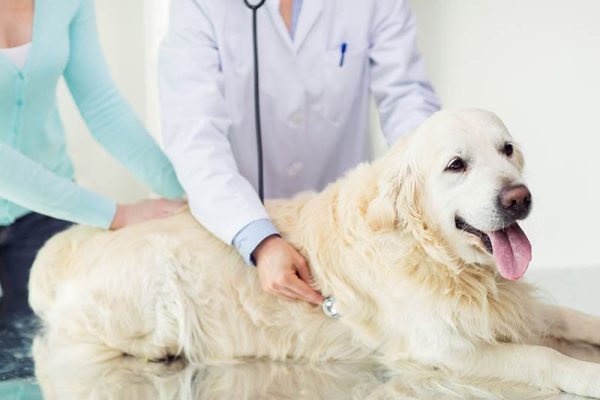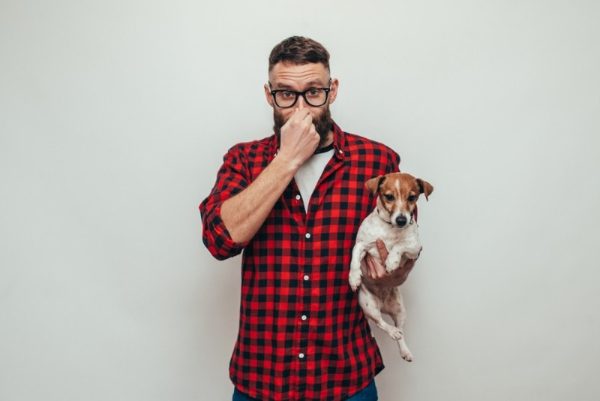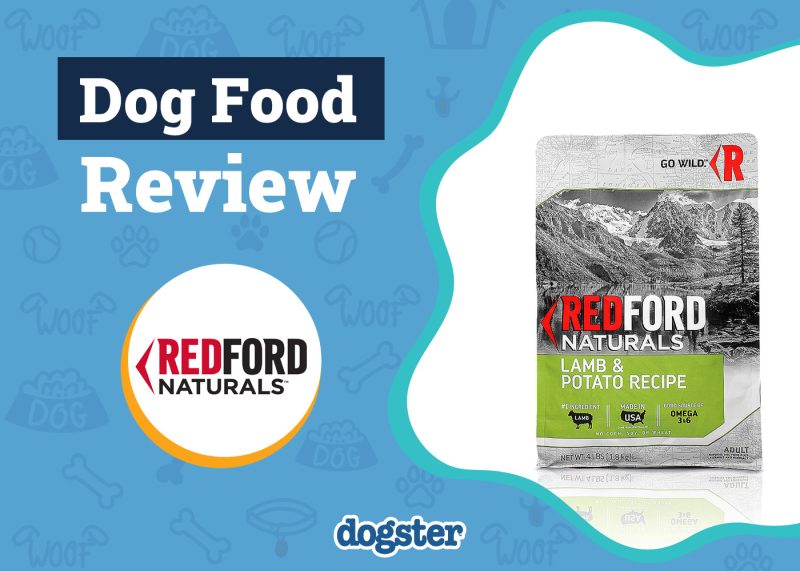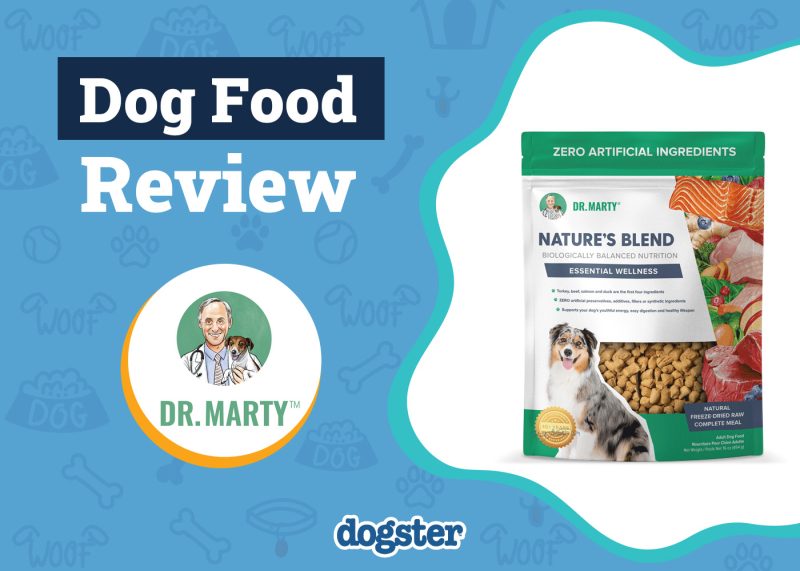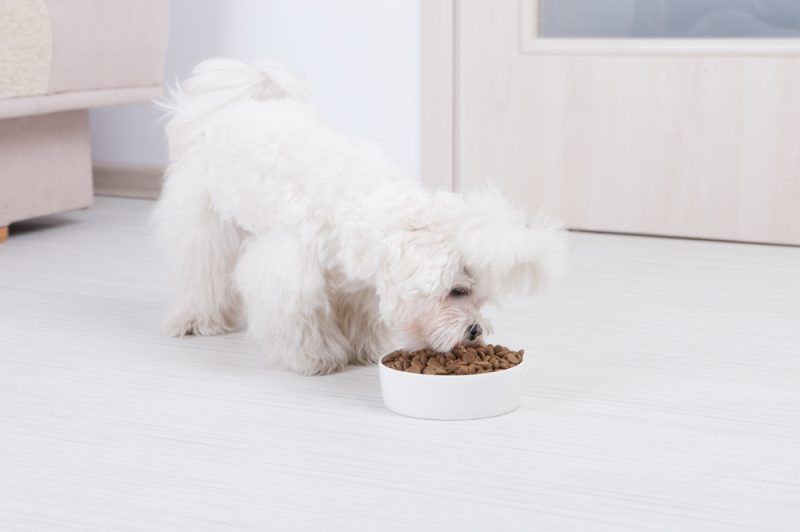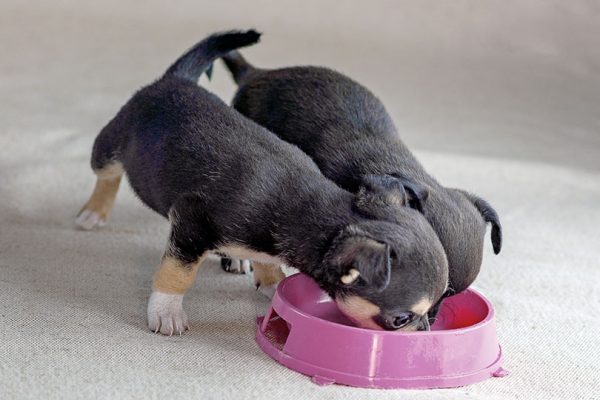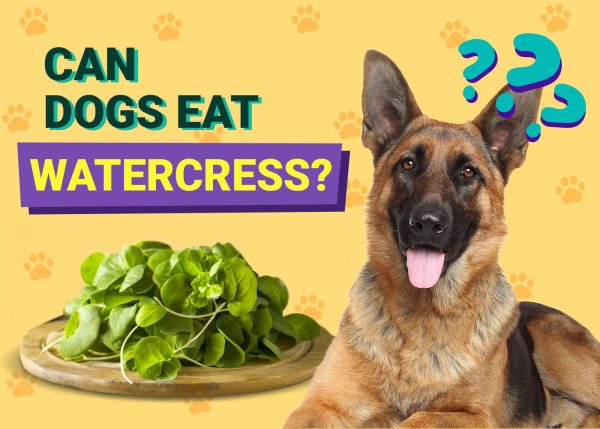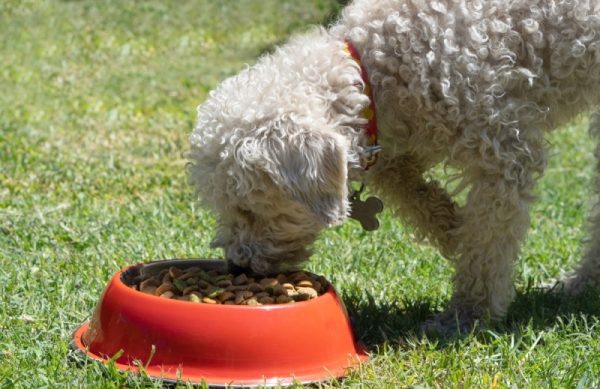In this article
Congratulations on your new Golden Retriever puppy! You now have a beautiful, smart, and loyal dog who will love you for life. To make sure they grow into a healthy and happy companion, you need to feed them the right amount of food.
At 2–3 months old, which is usually when they are ready to leave their mother, a Golden Retriever puppy should be eating 3 cups of dog food divided into three meals per day. This is based on a typical large-breed puppy food—different brands will give a feeding guide on their packaging.
However, how much and how often to feed your Golden Retriever will keep changing during this time of rapid growth.

Golden Retriever Puppy Feeding Chart
Important Note: The amount of calories each dog needs for healthy growth and development depends on many factors, including their age, breed, and activity level. These charts are general guidelines for healthy young dogs, but we recommend confirming any changes you make to your dogs diet with your vet.
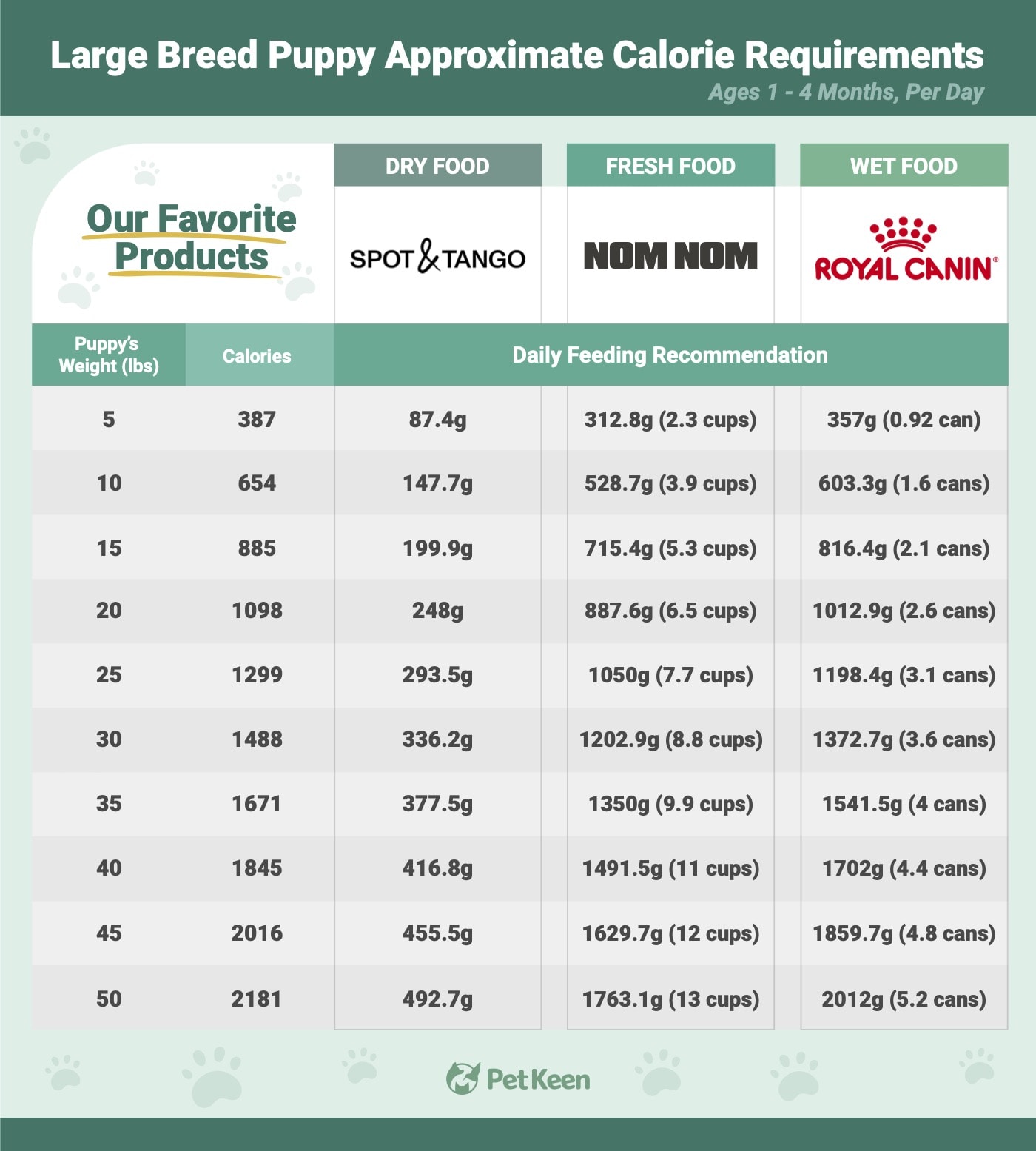
Golden Retriever Puppy Feeding Timeline

All puppies are different as are the foods, but some general guidelines for feeding your Golden Retriever during their first year are:
- 0–6 weeks: A Golden Retriever puppy can start eating solid food when they are 3–4 weeks old 1. Around this time, you can start weaning them off their mother’s milk by mixing it with some soft puppy food.
- 6–12 weeks: At this point, they should be eating puppy food spread over three to four meals a day 2.
- 3–6 months: You can start decreasing the feedings to three times a day. Give them a total of 3 cups of dog food per day by their third month, and 3 to 4 cups by the time they are 6 months old.
- 6–12 months: After 6 months, you can start feeding them twice a day instead of three times. The AKC recommends waiting until large breed puppies are at least 12 months old 3 before switching them over to adult dog food and more likely 18 months.
- 12+ months: Once your Golden Retriever is a year old, they should be eating adult or junior dog food twice a day. The amount will depend on their weight and activity level, but a rough guide is 1–2 cups per meal.
How Often Should I Feed My Golden Retriever Puppy?
Large breed puppies like Golden Retrievers should eat three to four small meals a day for the first 3–6 months of their lives.
Smaller portions spread throughout the day are easier on their tummies and help prevent bloat, a serious condition that can be deadly for dogs 4. It also helps them maintain their energy level throughout the day.
You can also use our dog calculator tool to complement this information here:
The exact amount of calories an individual animal needs to maintain a healthy weight is variable and influenced by many factors including genetics, age, breed, and activity level. This tool is meant to be used only as a guideline for healthy individuals and does not substitute veterinary advice
How to Choose Dog Food for Golden Retriever Puppies
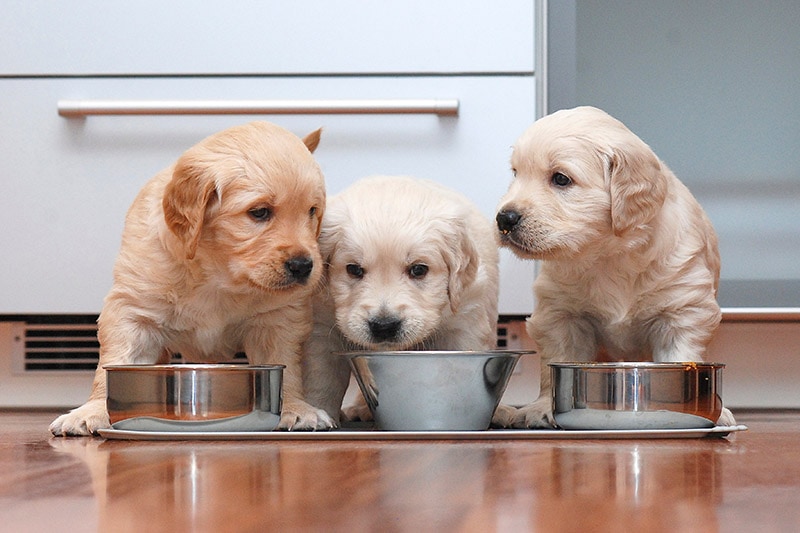
The nutritional requirements for Golden Retriever puppies are different than for adult dogs. Puppy food has more calories and fat to support their growth, as well as extra vitamins and minerals for their developing immune and nervous systems and bones.
Use these tips to choose the best food for your Golden Retriever puppy:
- Check the Protein Content: Puppies need more protein than adult dogs to support their growth, so look for a food that is at least 22% protein. The protein source matters, too. Puppies need animal-based proteins like chicken, beef, or lamb for their growing muscles.
- Choose a Large Breed Formula: Large-breed puppies grow quickly, which means they need extra support for their bones and joints. Formulations for large breeds contain the correct calcium and phosphorus 5 ratio for strong bones and glucosamine and chondroitin for healthy joints.
- Look for a Food That Is AAFCO Approved: The Association of American Feed Control Officials (AAFCO) requires that all pet foods meet certain standards for nutrition. To be sure your puppy food meets their requirements, look for the AAFCO statement on the package 6.
- Choose Food With DHA: DHA is an omega-3 fatty acid that supports cognitive development 7 in puppies. It’s found naturally in fish oil, but many puppy foods also add it in. DHA can help your Golden Retriever puppy learn new things more easily and remember what they’ve learned.
- Ask Your Vet: Each puppy has unique needs, so it’s always best to talk to your veterinarian before making any changes to their diet. They can help you choose the right food for your puppy based on their age, weight, and activity level.
How to Know if You’re Feeding Your Golden Retriever Puppy Enough
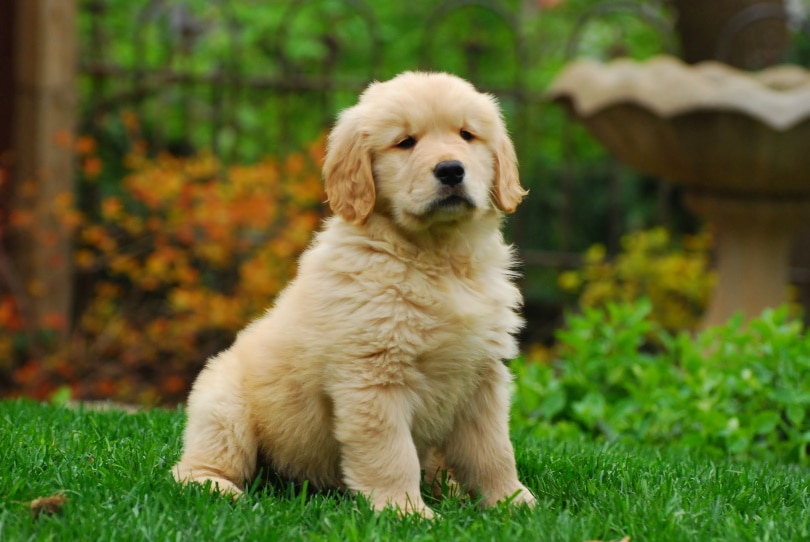
If your golden had his way, he would probably eat all day long. But puppies need to be fed on a schedule to prevent them from overeating and becoming overweight.
How do you know if your puppy is getting enough to eat? Here are a few signs that your Golden Retriever puppy is well-nourished:
- He’s Growing at a Steady Rate: You can expect your Golden Retriever puppy to gain about 5 pounds per month during their first 6 months. After that, their growth will start to slow down.
- He Has a Healthy Appetite: A healthy puppy is interested in food and eager to eat. If your puppy turns away from his food or doesn’t seem interested in eating, it could be a sign that he’s not feeling well, and you should take him to the vet.
- He Looks Trim and Muscular: You should be able to feel your puppy’s ribs, but they shouldn’t be protruding. If you can’t feel them at all, your puppy is probably overweight. If you can see them, he’s probably too skinny.
- He Has Plenty of Energy: A well-fed puppy is full of energy and ready to play. If your puppy is lethargic, it could be a sign that he’s not getting enough to eat.
- His Fur, Eyes, and Skin Are Healthy: A well-nourished puppy has shiny, soft fur, bright eyes, and smooth skin. If your puppy’s fur is dull and dry, his eyes are sunken, or his skin is flaky, it could be a sign of malnutrition.
If you’re ever unsure about whether your puppy is getting enough to eat, it’s always best to consult with your veterinarian. They can help you fine-tune your puppy’s diet to ensure he’s getting all the nutrients he needs to grow into a healthy adult dog.

The 8 Tips for Feeding Your Golden Retriever Puppy
Puppy mealtime is more than just filling up a bowl with food. It’s an opportunity to bond with your puppy and start teaching them good manners.
Make the most of mealtime with these tips:
1. Set a Regular Feeding Schedule and Stick to It as Much as Possible
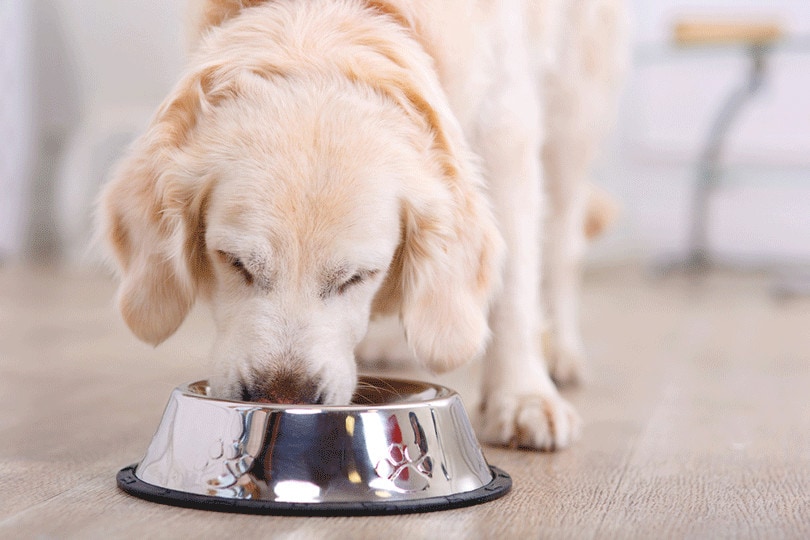
This will help your puppy know when to expect his next meal and make it easier for you to monitor how much he’s eating. It also helps other aspects of puppy training, such as potty training and crate training.
2. Consider Feeding Them in Their Crate
This can help your puppy associate their crate with good things (like food) and make it more likely that they’ll want to go in there.
3. Don’t Free-Feed Your Puppy
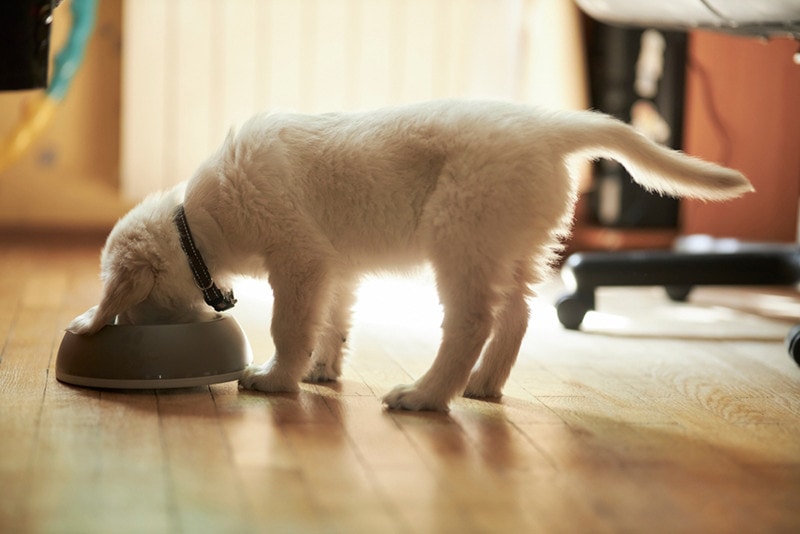
This means leaving food out all day for them to graze on whenever they want. It’s easier, but it can lead to problems like obesity and poor manners. Leave food down for 10 minutes and then pick up what is not eaten. If they have not eaten anything, offer it again in an hour.
4. Make Sure They’re Eating Slowly
Some puppies gulp their food down so fast they don’t even taste it. Slow them down by scattering their kibble around the bowl, using a puzzle feeder or snuffle mat. This will help them learn to eat slowly and enjoy their food more.
5. Don’t Forget to Add Water
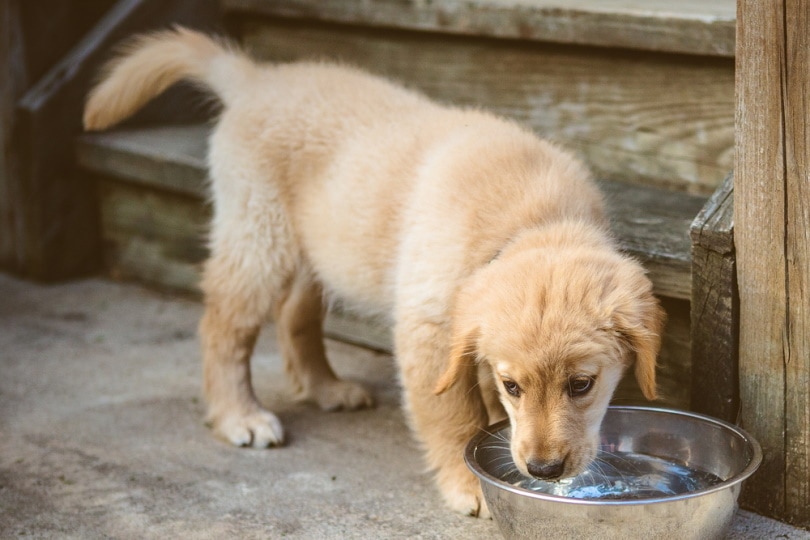
Puppies need plenty of fresh water, so make sure to fill up their bowl before and after each meal. If your puppy is not drinking enough water for your liking, try adding a bit of broth to their bowl to make it more appealing and help them stay hydrated.
6. Resist the Urge to Sneak Them Table Scraps
Puppies are experts at giving those big, soulful eyes that make it hard to say no. But resist the temptation to give them table scraps or human food. Aside from teaching them bad manners, it can also lead to health problems, like obesity.
A lot of human foods are not safe or healthy for dogs. For instance, garlic and onions are toxic to dogs. Oily food can upset their stomach, and carbs add a lot of calories.
7. Feed Them at the Same Place for Each Meal

Even if you’re not crate training, it’s a good idea to feed your puppy in the same spot each time. This helps them learn that mealtime is a specific time and place and not something that happens all over the house.
8. Let Your Puppy Eat in Peace.
Make sure everyone respects your puppy’s mealtime and gives them space to eat. This includes other pets in the house and small children who might want to bother them or try to steal their food. Otherwise, meals can become a stressful experience for your puppy instead of a happy one.

Conclusion
Feeding your Golden Retriever puppy the right amount of quality dog food will establish a strong foundation for their health and happiness. In addition, make mealtimes more meaningful by turning them into lessons and bonding moments between you and your dog.
The puppy phase is over before you know it, so enjoy it while it lasts!
Related Reads:
- Why Does My Golden Retriever Pant So Much? Should I Worry?
- Do Golden Retrievers Drool Excessively? The Surprising Answer!
Featured Image Credit: Chiemsee, Pixabay
